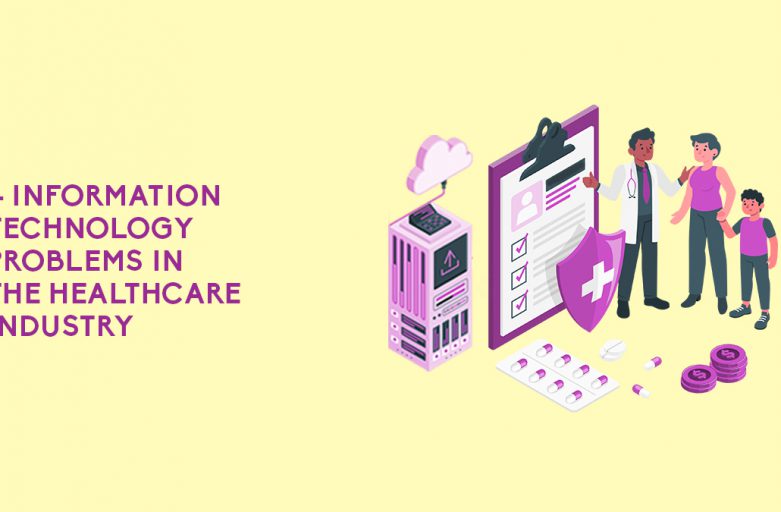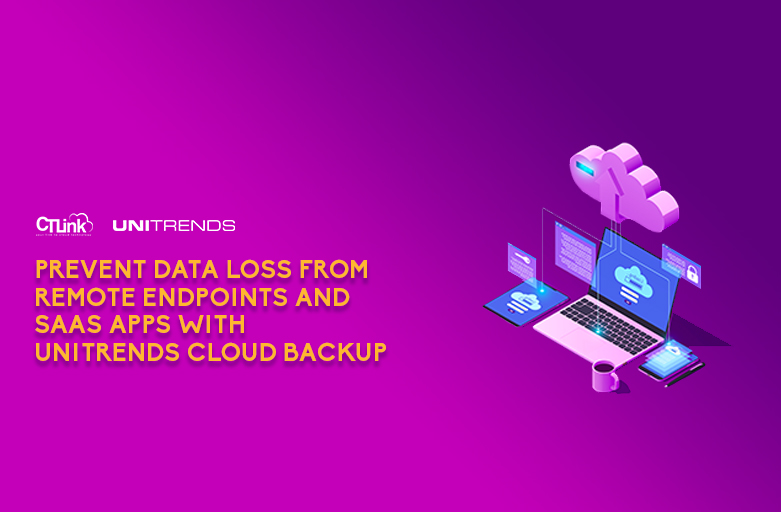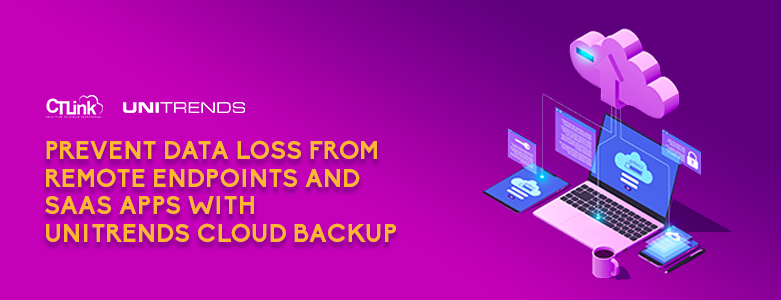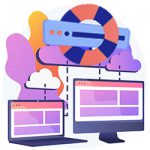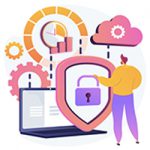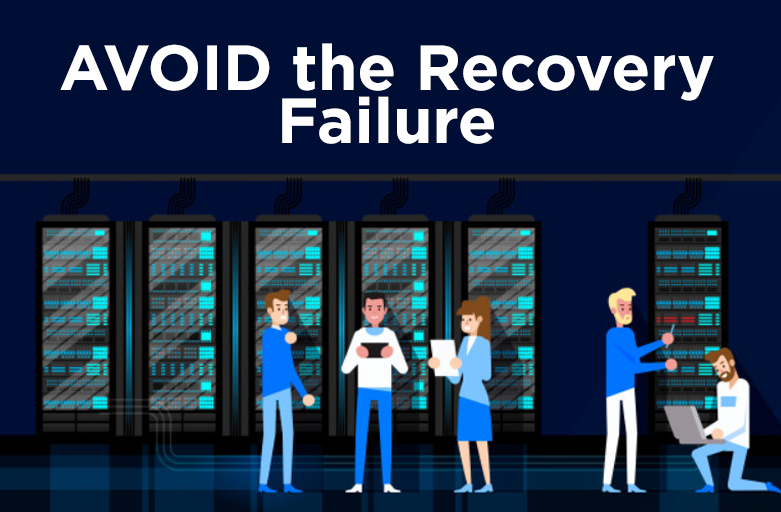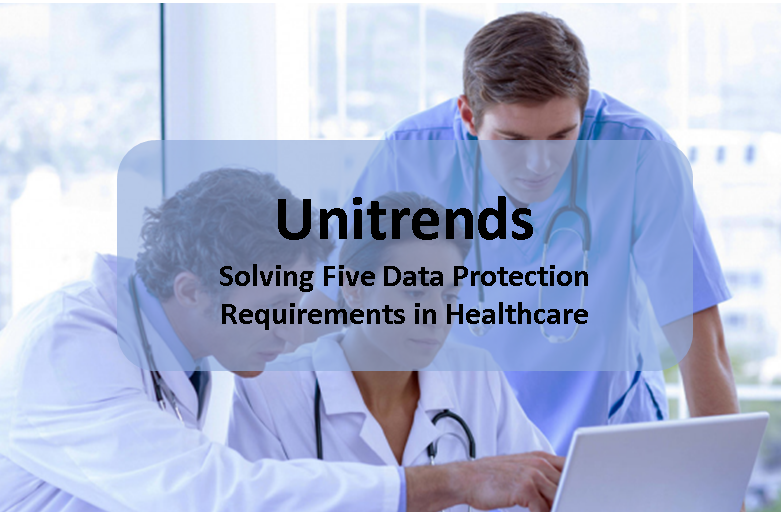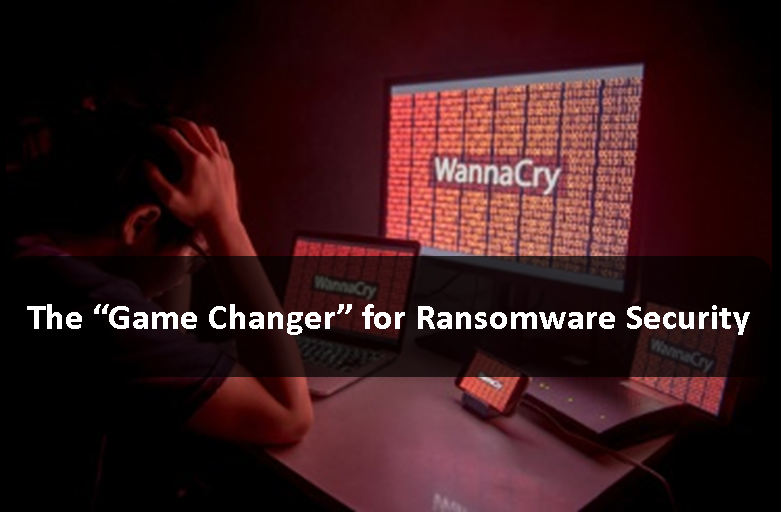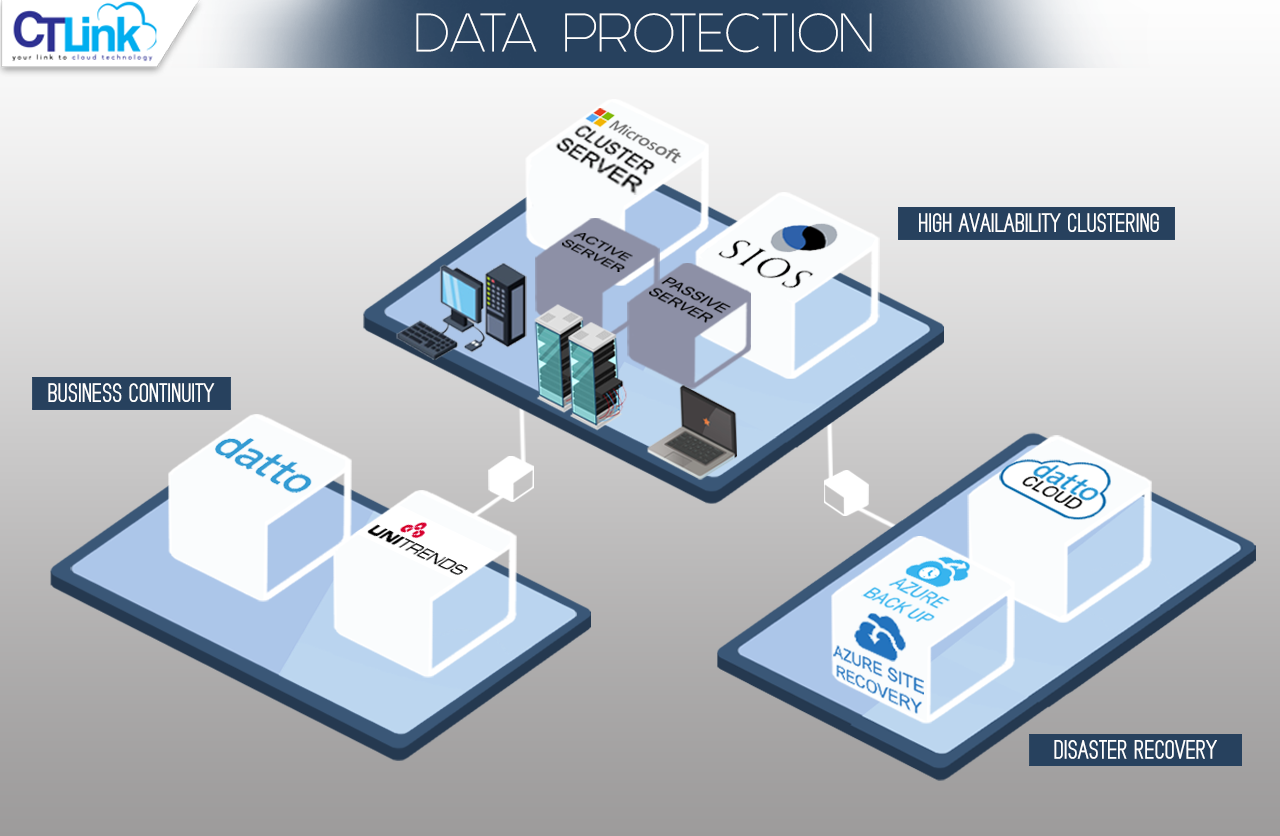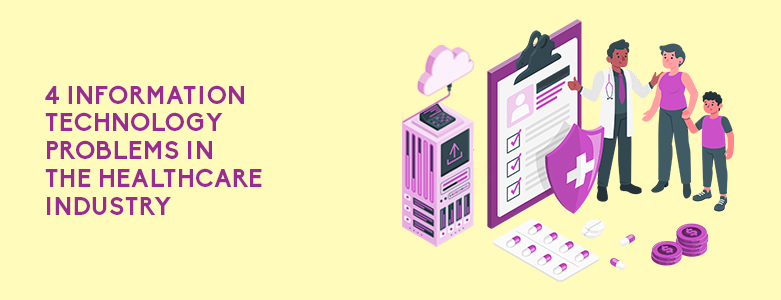
What are some information technology problems in the healthcare industry?
- Increasing need for data storage
- Vulnerabilities to ransomware
- Risk of data loss
- Telemedicine and BYOD
With the advancement of technology, the medical field has grown by leaps and bounds. But despite that, there are still information technology problems that the healthcare industry continues to face. Medical devices are still exposed to vulnerabilities, there is a growing need for long-term retention of patient records, and many others. This article discusses these problems and the best ways to mitigate them. Read on.
Increasing Need For Data Storage
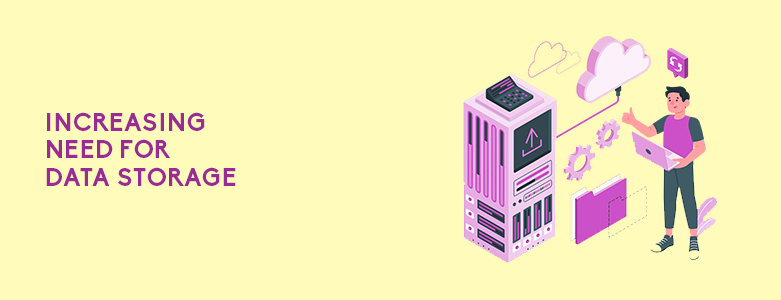
Over time, healthcare facilities accumulate an increasing amount of files in their system. With higher-quality laboratory imaging files, data from medical devices, and a growing collection of patient records, the need for larger storage capacities is vital.
But the main challenge for most healthcare facilities is how to quickly scale up without exorbitant price requirements. Most hospitals utilize on-premise data storage but the cost of getting physical servers can be overwhelming. Add to this the cost of maintaining power supply, cooling mechanisms, and more.
That’s why numerous healthcare institutions move towards a more cost-efficient option—cloud storage. This requires less capital investment because organizations can scale up and expand depending on their needs. They can start with a smaller space and gradually increase it as the need for storage grows. Cloud storage solutions also lessen management costs through simplified monitoring and reduce the need for on-premise hardware.
Vulnerabilities To Ransomware
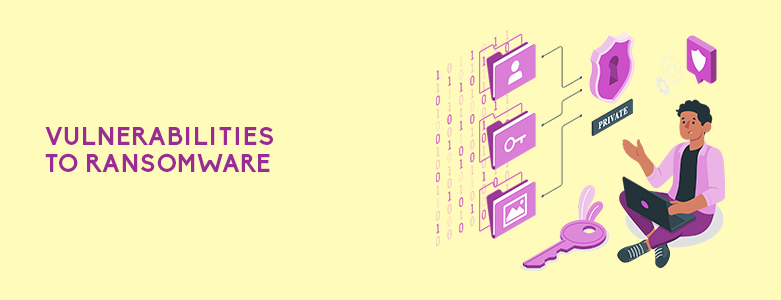
Healthcare data and applications are necessary so healthcare employees can provide proper patient care. Cybercriminals know this, which is why they target these in exchange for ransom. Ransomware is a type of malware that blocks users from accessing data and applications until payment is sent to the criminal. For instance, you might encounter encrypted files and will only be given a decryption key upon settling the ransom.
This type of malware can spread in a system in a variety of ways. Employees could accidentally download it when accessing compromised websites or when clicking on phishing email attachments. These messages try to duplicate legitimate organizations, so users might click on them without checking or verifying their authenticity.
To combat this problem, it is vital to train healthcare employees on how to avoid malicious sites and files. Other than that, IT security measures are also critical in order to detect and isolate suspicious files.
For example, anti-ransomware solutions like Deep Discovery Email Inspector from Trend Micro help detect ransomware from malicious email. Detection is done at the entry point so that the attacks can be blocked before they can even begin. This is made possible through custom sandboxing and other techniques to facilitate the blocking or isolation of such emails.
Another challenge in the healthcare industry is the vulnerability of operational technology (OT) systems and devices — such as CT scans and ultrasound machines — to threats. Since patient outcomes heavily depend on these devices, a disruption could be problematic. Malware could enter the devices and compromise the facility’s computer systems. Fortunately, Trend Micro’s OT solution, the TXOne, can help protect these machine’s entry points from any such threats that can hamper their functionality without downtimes.
Risk Of Data Loss
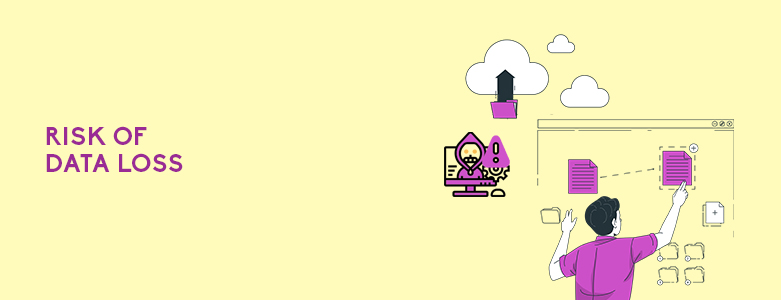
Because data is crucial to healthcare facilities, many take steps to prevent data loss. But this could still happen due to human error, computer viruses, and hardware destruction. This could affect patient care and lead to downtime. Data loss could also affect the reputation of an organization and trigger legal action from patients.
This is why aside from having additional storage, having backups of important files and data is necessary. Recovering lost data can be expensive, time-consuming, and impossible to completely do. But with a backup, files and applications can be restored faster for smooth continuation of operations.
In some cases, however, criminals also target backups. Fortunately, solutions like Unitrends doesn’t just offer backups, but also ransomware detection and recovery. Backup data is stored in an immutable format, which means that it can’t be accessed by ransomware. This way, it remains safe and ready for recovery. Aside from that, Unitrends also utilizes artificial intelligence to analyze ransomware infections during every backup.
Telemedicine And BYOD
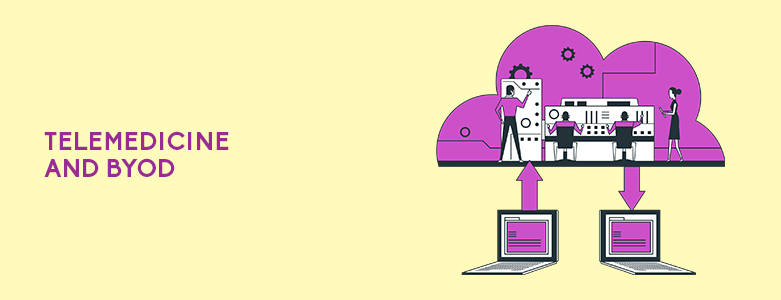
Gone are the days when pagers were the main communication device for healthcare workers. Today, smartphones are the gadget of choice to interact with team members, streamline workflows, and access patient information. By allowing medical workers to use their own devices, healthcare facilities can enjoy huge savings while benefiting from increased work efficiency.
With the pandemic not ending anytime soon, outpatients and physicians can have virtual consultations too. This means that health workers need to have access to their facilities’ electronic health records remotely. This way, they can document e-visits properly and provide continuous care for their patients.
One of the best ways to make telemedicine possible is through the power of cloud computing. This allows health workers to access applications and files that can make work from remote locations possible. With cloud security solutions available, healthcare organizations could secure endpoint devices so physicians can work efficiently whether they’re at the hospital or at home.
A reliable way of accessing the cloud is by using Citrix Virtual Apps. With this, doctors can do work on their tablets while on their rounds and access work from their computers at home. From getting patient information, collaborating with other doctors and patients, and providing patient care anytime — health care workers can do all of these remotely, on the field, or at the hospital. These can all be achieved with regulatory compliance and meeting all HIPAA (Health Insurance Portability Accountability Act) standards.
Key Takeaway
With an increase in data, ever-present cyber threats, risk of data loss, BYOD protocols, and telemedicine on the rise, the need for advanced IT solutions is vital for the healthcare industry. These can help organizations reduce the risk of downtime and provide high-quality care for their patients.
If you want to solve these information technology problems in the healthcare industry, CT Link can help you! You can send a message here today so we can assist you in choosing an IT solution that is fit for your needs.

